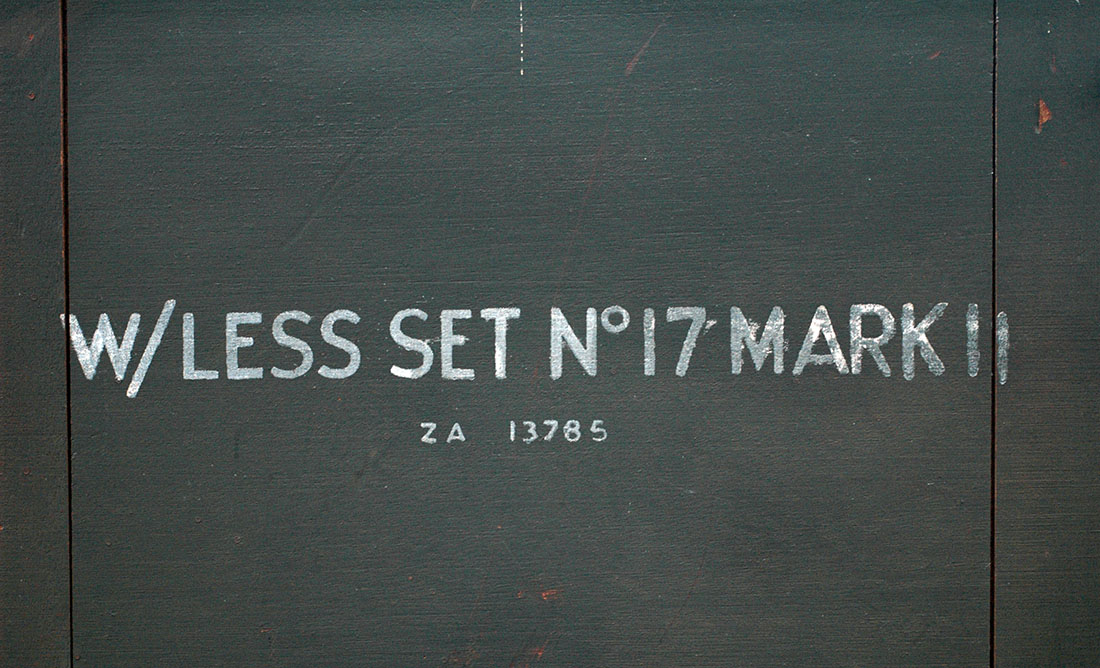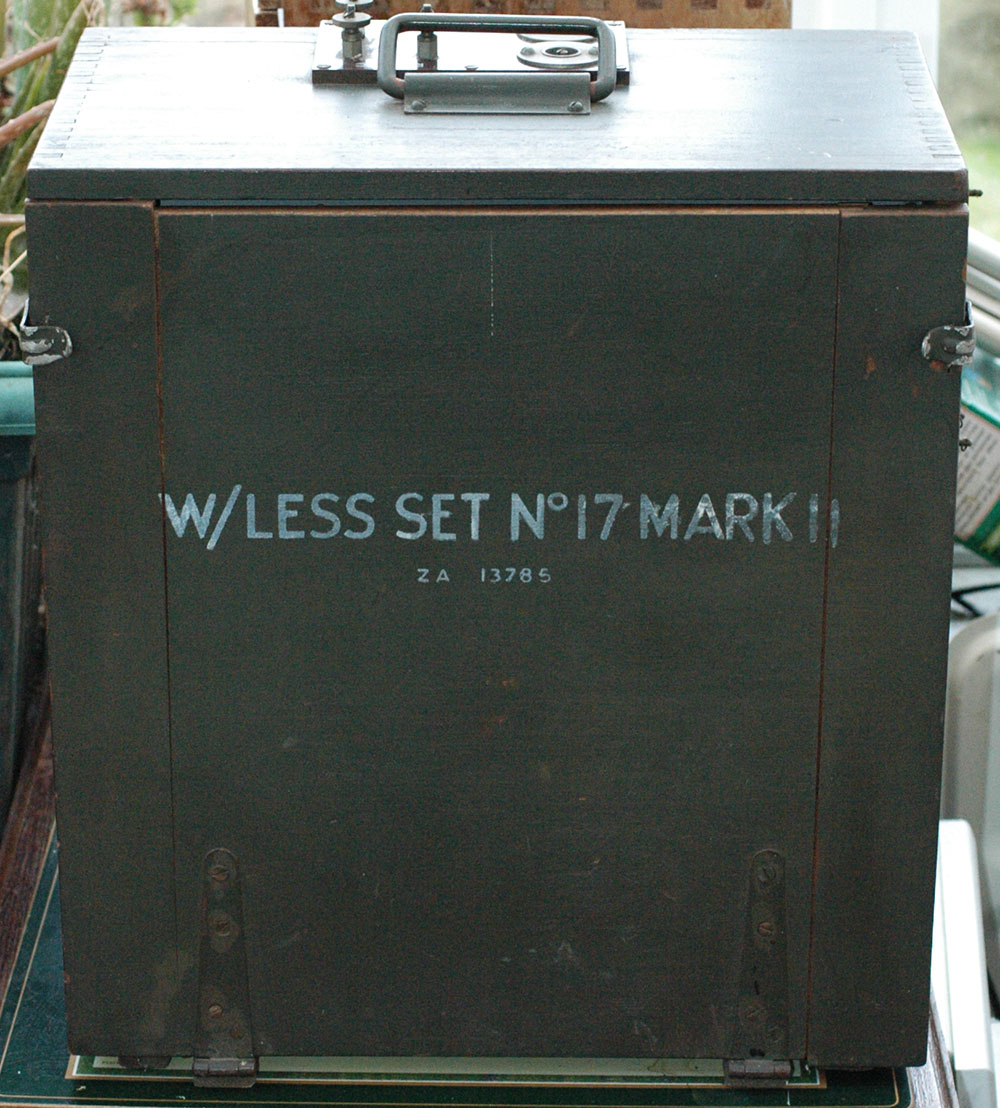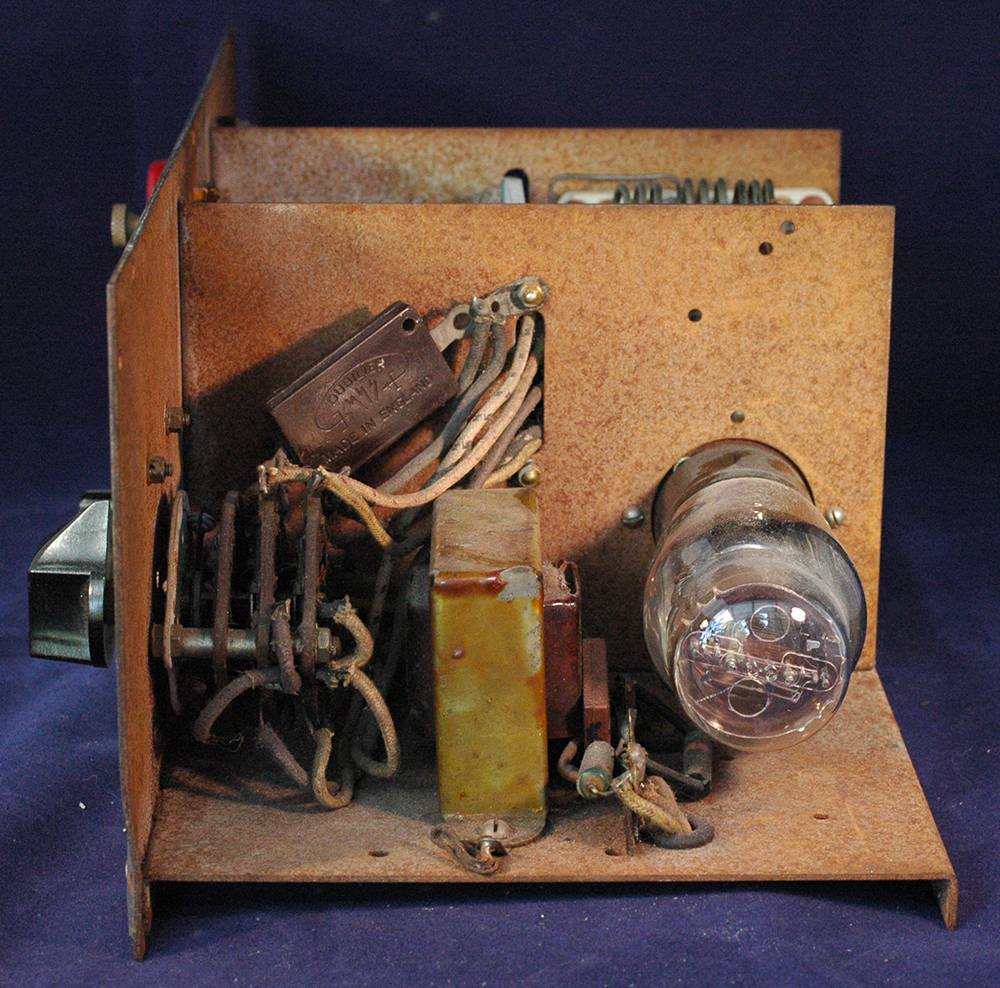|
I bought one of these many years ago when I was in my second year at grammar school. I think I must have been about 13 or 14. A pal, Brian Lemon, whose father decided to change their surname, became Brian Milner, who lived half a mile away also bought one and we used to talk on 50Mc/s most evenings. Brian's family emigrated to Canada and we lost touch.
We used our Band I TV aerials so the signals each way were excellent. In those days government surplus radio equipment was relatively cheap and we each paid 30/- for our sets, which were brand new and unused. Batteries for the 18 set were available for 5/- from the same dealer in Liverpool (Super Radio, in Whitechapel) and worked fine with the 17 set. The frequency coverage allowed us to listen to our local TV station at Winter Hill as well as Sutton Coldfield, the station broadcasting to distant Birmingham. Sometimes there would be a lift in conditions and we could hear a huge number of American broadcasts. These were almost impossible to identify as there were so many all operating in a narrow band. The 17 set uses a super-regenerative receiver which is extremely sensitive and can resolve AM or FM. Being close to Liverpool Airport, I eventually modified my 17 set to cover the air band. Try as I might, I cannot remember what happened to my set after 1957. I recall it was rather bulky and heavy and my interest switched to building very small airband super-regen receivers based on the 955 and 958 acorn valves. I suppose the 17 set ended up as junk box parts and firewood. Progress... Over the last half dozen years I've been looking for a replacement, however their price has always been an obstacle as all the ones I spotted went for in excess of £200. Last week I bought one complete with its headphones, mic and handbook for somewhat less and it's pictured below. The set was designed for intercommunication by platoons of soldiers who operated searchlights during WW2. Pictures can be seen below... and here's the operating handbook. This set has the serial number 16,670 |















